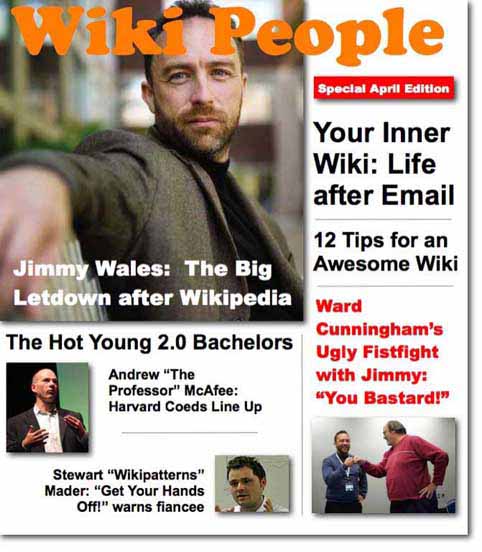
Enso, a symbol of Zen Buddhism
My cancer returned Monday. In not exactly a subtle way. I have two tumors, one of which is 11×8 centimeters. They are messing with my left psoas muscle which explains all the back and leg pain I have been having.
Being the occasional idiot I am about ignoring pain, I waited too long to get medication. Now I am on an intense mixture: the morphine is the platform, the percocet dulls the spikes, and the neurontin is nothing less than a bomb going off, so thankfully it’s reserved for sleep, something I have not had for weeks.
This is my life. I am living with cancer, I have had three major operations — here comes #4, I have had a frightening amount of chemo, and I lost a year of my life right before joining Atlassian. I can struggle or I can embrace it. Those of you who know me understand I have only one option. Not because I consciously choose. I am just innately positive.
Lean into it. A shrink once gave me this wonderful Zen advice about facing challenges and problems: they aren’t going away, so you can choose to fight them or embrace them. Embracing them means finding the positive, and turning the badness into goodness. Cancer is an opportunity.
I sincerely believe cancer has been more positive than negative. Thanks to my first battle, I had time to focus on my son, who was struggling with teenage issues, and help him make a remarkable turnaround to a focused young man. It was in him, but I learned how to be a better parent thanks to cancer.
I learned how much love there is in this world. All you have to do is get in touch with it, and it’s everywhere. Even out here in the social-2.0-blogging-weird-o-sphere, the connections can humble you. People may be conversing in Seemingly Strange Ways like Twitter, but there are humans behind those electronic bits and the messages and meaning can lift my spirits. That was the lesson I learned about blogging about cancer and seeing the love come back. My blog inspired people, and the Awesome Karma came back inspiring me through a major surgery.
A friend reminded me: I have a blueprint for this journey. Getting the news Monday about the two tumors sucked. I was upset to say the least. I love my life. Four years ago, I married the most Incredible Woman on the Earth, I bought a new house, and I met this incredible little company called Atlassian. I just love my work. I love living here in California. I am the luckiest guy in the world. My blueprint starts with reminding myself that I do all these things — the ritual Sunday night family dinner, the sandwiches my daughter Brittany brings me while I am sitting here waiting for surgery… the list is long — because I love them. And yes, it includes the work I love.
The first priority on the blueprint is of course getting the right treatment and recovering. But the blueprint includes trying to work when you can. I called a customer Tuesday morning, just 20 hours after getting the news. Willie Doyle had read my blog and wanted to share their agile development story. I love talking to customers and learning what they’re doing. The point is: cancer is not going to stop me from learning new, cool things like this.
Surely I will have to cycle down and let things go during surgery. Right now my biggest challenge is managing this intense concoction of drugs so I can still do the little things I love: like blogging.
Awhile ago I chose to write about personal things in this blog, and not just talk about software, business, Atlassian, and the expected. That’s also part of my blueprint: people have complex, interesting dimensions, and sharing these opens up opportunities.








